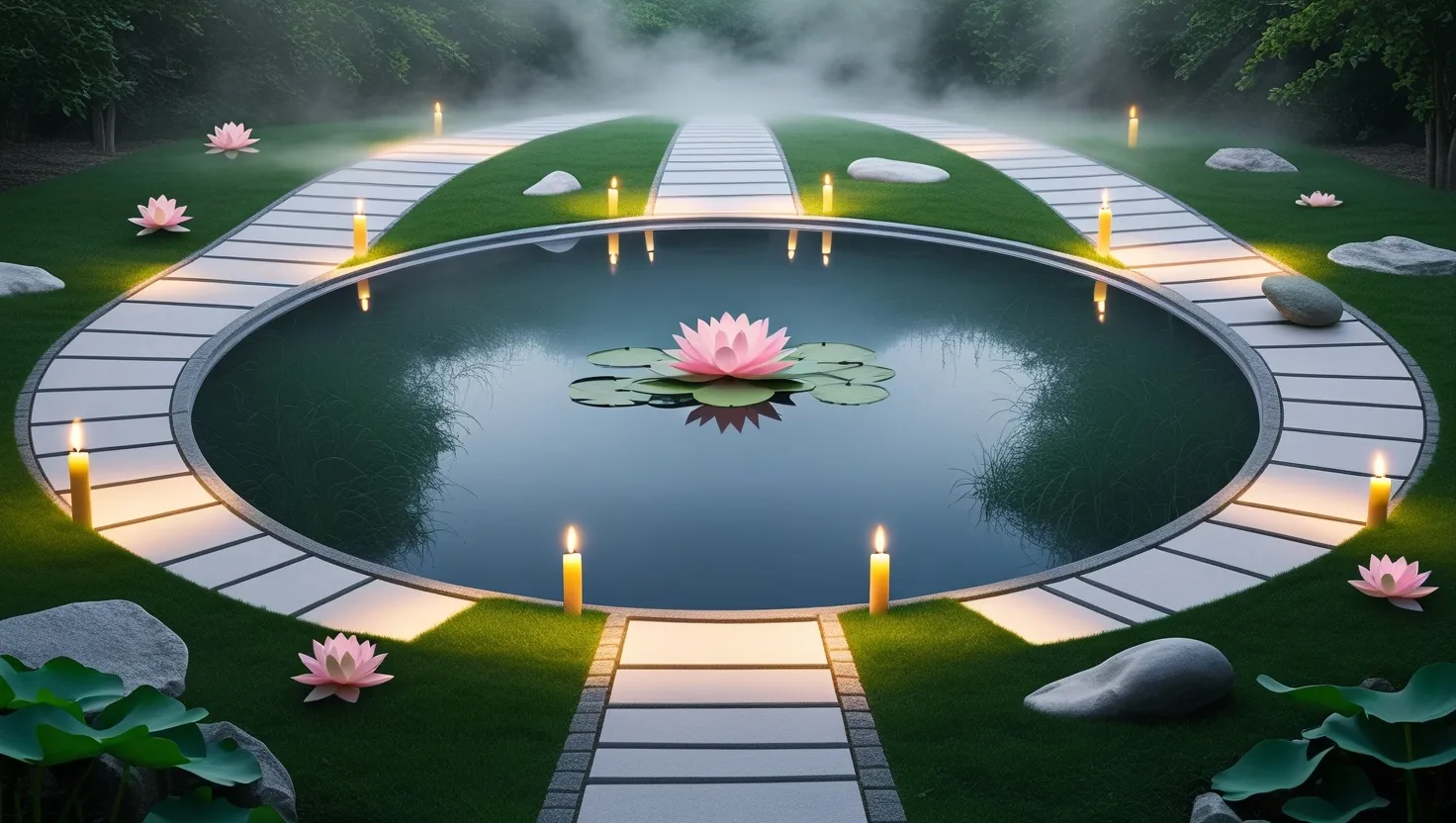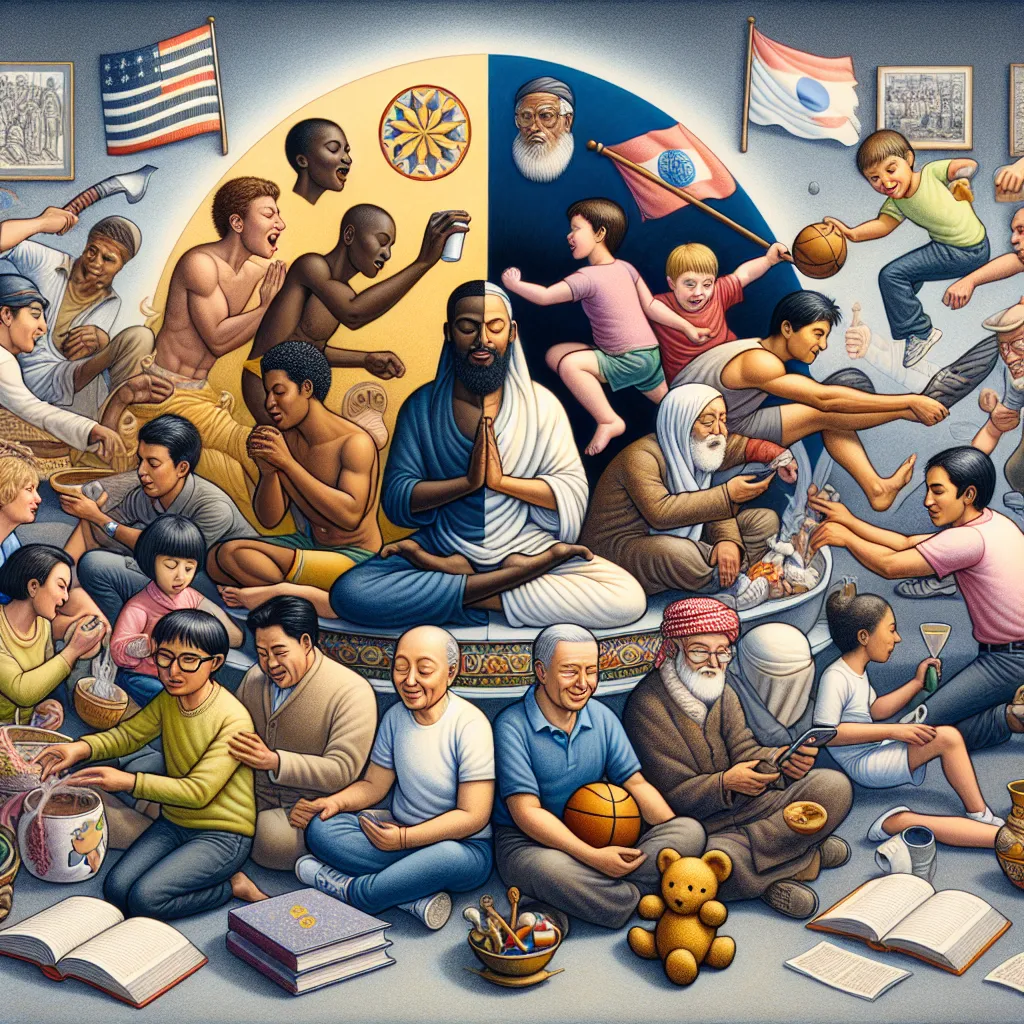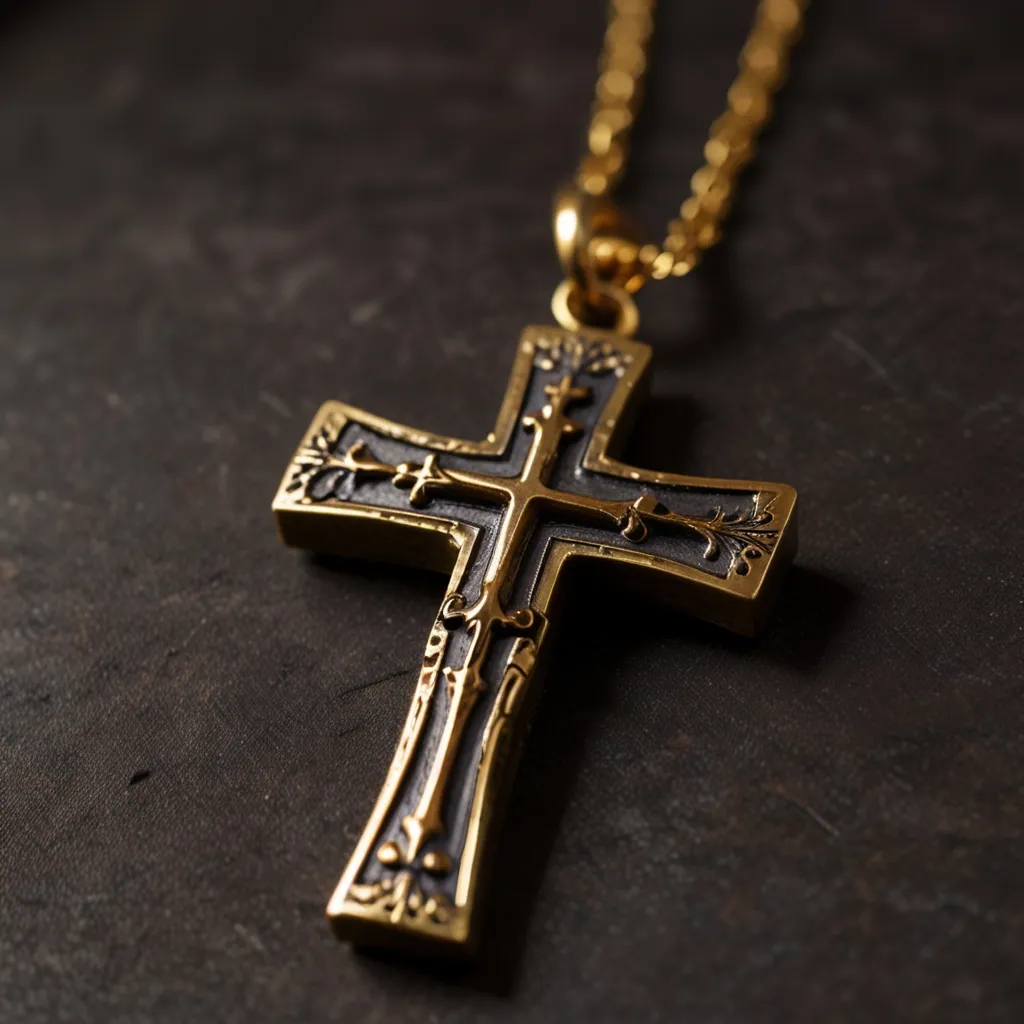If you ask anyone—what does suffering mean in your life?—the answers can range from strong faith to overwhelming confusion. Each major religion gives us a different compass, but the landscape itself is deeply personal. Over the years, I’ve found that every tradition, from Buddhism to Islam, doesn’t just diagnose the ache common to life; each offers a distinct medicine, sometimes bitter and sometimes sweet.
Consider this: Buddhism does not sidestep the reality of pain. It begins its story by stating without apology that life contains suffering—dukkha is not optional, it’s baked into existence. Why? Because we cling, desire, and expect things to last. Yet, interestingly, Buddhism does not wallow in why suffering exists; rather, it asks: what can we do about it? Meditation, ethical choices, and mindfulness form tools that shape pain into a stepping stone for growth. In my experience, the gentle discipline of sitting with discomfort reveals not just the harshness of what hurts, but the surprising depth underneath. It’s one thing to observe pain in silence; it’s another to welcome it as the path forward.
“Pain is inevitable. Suffering is optional.” – Haruki Murakami
Have you ever wondered why some faiths see value in enduring hardship? Christianity casts suffering in a dramatic light: the cross stands as a symbol of both agony and hope. Jesus’s suffering is framed not merely as tragedy but as solidarity—a divine presence joining us in our worst moments. Instead of offering a neat answer as to why the innocent suffer, Christianity often settles into the tension—the mystery that remains stubbornly unresolved. Yet by sharing pain with Christ, many believers report a sense of being less alone, even when answers are absent. In conversations with friends who have suffered deeply, I often hear them describe their grief as transformed—not erased, but carried differently.
“If you suffer, thank God! It is a sure sign that you are alive.” — Elbert Hubbard
Judaism fascinates me for its refusal to oversimplify suffering. The Book of Job famously protests: how can you believe in justice when so much seems weighed toward injustice? Jewish responses over centuries run the spectrum—from complaints raised to God, to rituals that bring people together in mourning. Hasidic tradition, alive with stories, often highlights joy blooming in unlikely places, a form of resistance against despair itself. The aftermath of the Holocaust forced Jewish thinkers to pose new questions—how does faith survive heartache on such a scale? Sometimes, the tradition encourages us to shout at God, to wrestle and grieve openly. Sitting shiva, with its careful structure for communal grieving, teaches that sometimes, meaning comes from the collective act of bearing loss together.
“Out of the depths I cry to you, O Lord.” — Psalm 130:1
Looking through Hindu lenses, the story changes. Suffering is part of a long narrative—what occurs today might be the result of actions taken in a life forgotten. Karma suggests a cause and effect chain stretching beyond a single lifetime. Does this mean sufferers are always to blame? Not necessarily; it’s more about what you do now than dwelling on why. While the belief in reincarnation can encourage a kind of patience, it also lays down a challenge: your response shapes the next chapter, so act righteously. What I find most powerful here is the notion that liberation—moksha—is not just an end to suffering, but a freedom from the exhausting cycle itself. Suffering becomes less a personal flaw, more part of the human story.
“Everything is created from nothing. That means suffering has meaning.” — Bhagavad Gita
Have you ever paused to think about what it means to accept suffering as part of a divine plan? Islam takes this approach, teaching that submission to God—accepting events as coming from a higher power—brings both comfort and responsibility. The word Islam itself means submission, not resignation. Followers are urged to show patience and gratitude, but also to strive actively to relieve the pain of others. Suffering is sometimes seen as a test, an opportunity to draw nearer to God. What stands out here is the pragmatic side—clinics and charities abound in Muslim communities, putting compassion into daily practice.
“The wound is the place where the Light enters you.” — Rumi
When suffering comes, as it inevitably does, these religious road maps point not just to answers but to questions. What am I learning? Who am I becoming in the process? When I reflect on conversations with people whose faith has sustained them through tragedy, it’s not just doctrine that gives comfort; it’s the rhythm of ritual, the solidarity of shared stories, and the stubborn hope that meaning can be found even in the darkest places.
One of the lesser-discussed aspects across these traditions is how they view silent or private suffering. Buddhism talks about suffering’s universality, inviting us to recognize pain in others as our own. Christianity encourages believers to offer up daily hardships for others, connecting personal struggles to a wider net of care. Judaism incorporates lament into prayer—crying out is not considered a failure of faith but an honest act of relationship. Hindu festivals often feature rites for troubled souls, reinforcing the idea that community attention can lighten personal burdens. Islam prescribes individual prayers in times of distress, yet stresses the responsibility to keep an eye out for those whose pain may be unseen.
“People who have lived through suffering often become the greatest healers.” — Henri Nouwen
Each faith tradition also confronts the dangers of minimizing suffering. When pain is dismissed as mere illusion or easily fixed, the depth of experience is lost. Buddhism’s teaching that suffering is real—but not invincible—offers a gentle antidote to despair. Christianity’s assertion that pain holds a place in the sacred drama resists the urge to rush toward careless optimism. Judaism’s wrestling matches between human expectation and divine mystery refuse quick fixes. Hindu thought explores context, reminding us that no two moments—or sufferings—are ever quite the same. Islam’s encouragement to witness and respond turns suffering into a test not just for the individual, but for the community as a whole.
How do you respond when you see suffering in another? Is your instinct to fix, to flee, or to sit quietly beside? Reflecting on religious voices, I’ve noticed a shared understanding: transformation is possible, but not always predictable. Suffering may not always reveal its meaning while it is happening; sometimes, the impact is subtle, surfacing in altered priorities, gentler actions, or newfound empathy years later.
Another angle that often goes unnoticed is the artistic response to suffering across religious cultures. Great music, poetry, even architecture—often inspired by loss or longing—becomes a bridge between personal pain and communal meaning. Buddhist chants, Christian hymns, Jewish lamentations, Hindu devotional songs, and Islamic poetry offer avenues for expressing and processing what cannot be put into straight prose. These cultural expressions turn private struggle into shared beauty, a reminder that suffering, while never desired, sometimes gives rise to creativity that sustains whole communities.
“Suffering is part of our training program for becoming wise.” — Ram Dass
Spiritual approaches sometimes intersect with psychological insights. Many contemporary thinkers draw from these old traditions, noting that rituals—prayer, meditation, fasting, or gathering for mutual support—build resilience and foster mental health. The wisdom of making space for lament, for sitting quietly in pain, is echoed in modern therapy rooms. When people of any faith face suffering, the most enduring lesson might be the value of community—bearing witness, validating hardship, and preventing isolation.
Of course, no one religious approach has the last word. As someone who has read widely, conversed deeply, and observed the impact of these traditions over time, I am convinced of one thing: meaning in suffering exists not just in answers, but in the lived response. It’s found when questions linger, rituals persist, and compassion grows. Sometimes, all that can be done is to hold pain lightly and walk on, together.
Let’s ask ourselves: When suffering arises, what resource or ritual do you reach for first? Is it silence, prayer, protest, or service? How does your tradition—or the traditions you admire—reshape the way you understand hardship? And how might your own experience add to this ongoing conversation about what it means to bear suffering not alone, but with purpose and perspective?
“Man never made any material as resilient as the human spirit.” — Bern Williams






